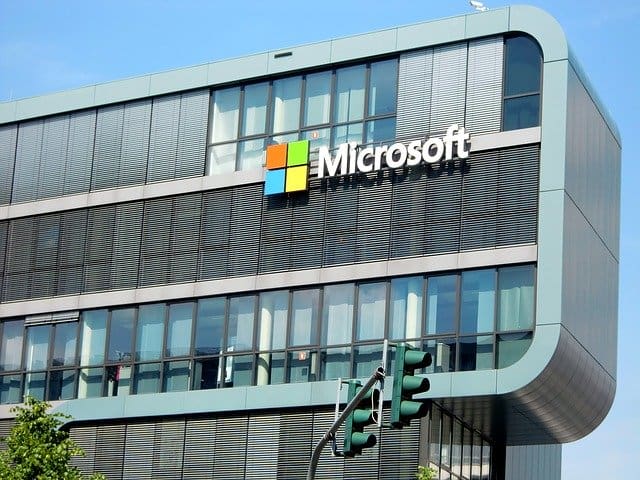Microsoft has completed an experiment involving the use of a container-sized underwater data center, located at the bottom of the sea off the coast of Scotland’s Orkney Islands. Its results are promising.
The company pulled its underwater data warehouse called Project Natick out of the water several months ago and studied the data center, the air it contained, to determine the feasibility of the model.
The results not only showed the use of these offshore submerged data centers appears to perform well in terms of performance but also revealed that the servers contained in the data center proved to be up to eight times more reliable than their data centers on land.
Scientists will investigate exactly what caused this higher reliability rate, hoping to bring those benefits to shore-based server farms as well to increase overall performance and efficiency.
Other advantages included the ability to operate with greater energy efficiency, especially in regions where the onshore network is not considered reliable enough for sustained operation. This is partly due to the reduced need for artificial cooling for the servers located within the data farm due to seabed conditions.
The Orkney area is covered by a 100% renewable network powered by both wind and solar power, and although variations in the availability of both energy sources would have been a challenge for the energy needs of the infrastructure of a traditional onshore data center in the same region, the grid was more than sufficient for the underwater operation of the same size.
Microsoft’s Natick experiment aimed to show that deployments of portable and flexible data centers in coastal areas around the world could be a way to expand data center needs while keeping power and operation costs low. This is accomplished by building smaller data centers closer to where customers need them, rather than sending everything to centralized centers.
So far, the project seems to have worked spectacularly well in demonstrating that, the company says. The company will then look at how it can increase the size and performance of these data centers by linking more than one to combine their capabilities.
